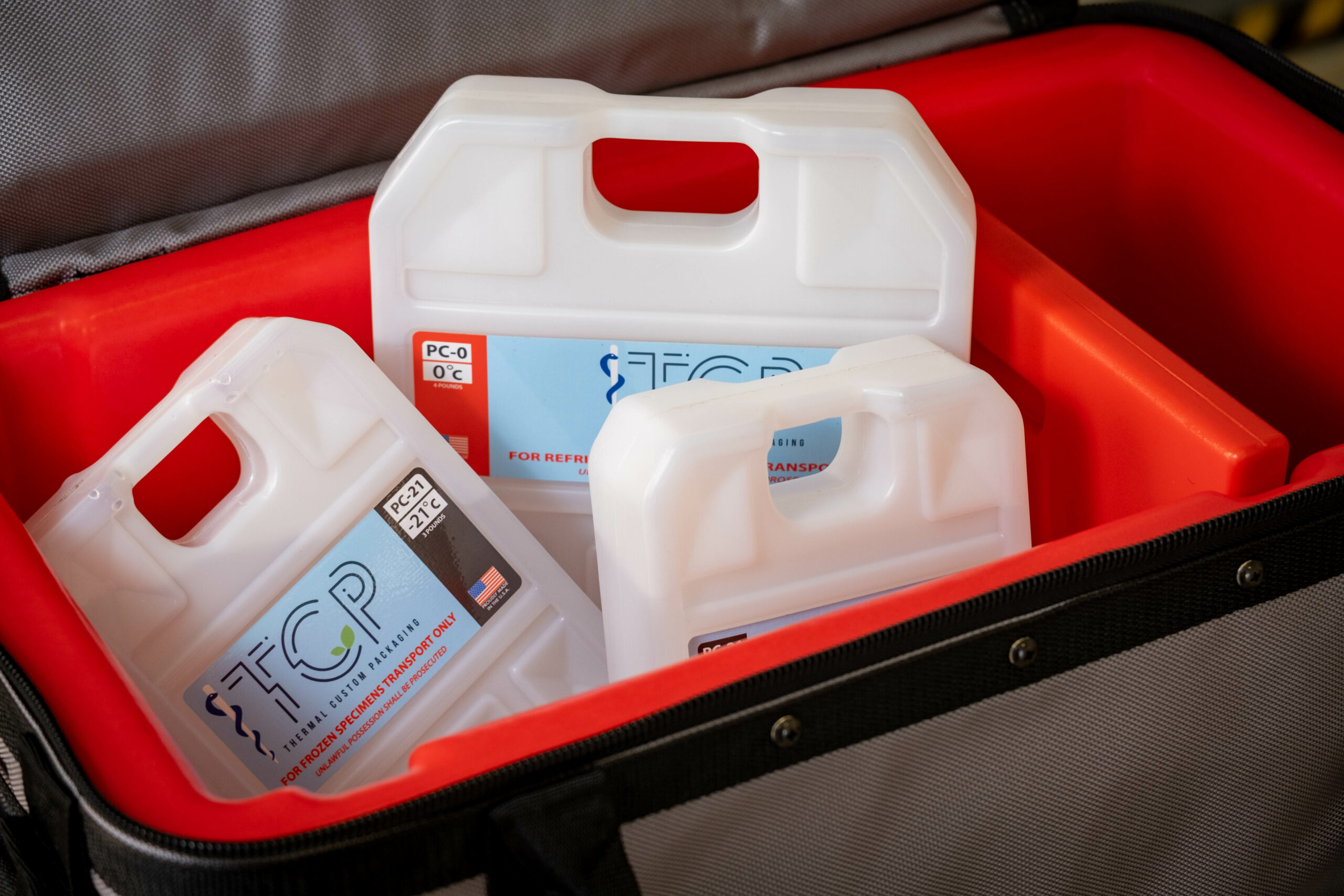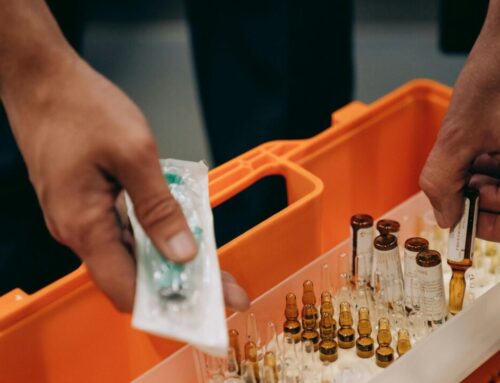Phase Change Material (PCM) is a remarkable substance that can absorb and release thermal energy during phase transitions, making it a game-changer in maintaining stable refrigerated, frozen, and ultra-cold temperatures for sensitive products and materials during transit or storage. Preparing PCM effectively is crucial for optimizing its performance and could be the difference between your contents maintaining its required temperature for a few hours or a few days. Follow these five key steps to master PCM preparation and packaging for success and longevity.
Step 1: Ditch the dry ice
If you have made it this far, you are interested in dry ice alternatives for transporting temperature-sensitive materials in a closed-loop system, and for good reason. Dry ice is a burden to a business’s productivity, profit, and protection. As a hazardous material, it can be dangerous if it is not properly packaged or handled. Additionally, it is a danger to the environment. In its creation, use, and disposal, it can have negative impacts on the environment and contribute to climate change.
Shipments containing dry ice pose several hazards during transit, including the risk of explosion, suffocation, and tissue damage. Dry ice is therefore regulated as a “dangerous good” by the International Air Transport Authority (IATA) and the Department of Transportation (DOT).
Step 2: Choose the Right PCM
Now that you have ditched dry ice, the next step is selecting the appropriate PCM for your specific application. PCMs are engineered to solidify at different temperatures, allowing them to maintain a constant exact temperature in a refrigerated, frozen, or ultra-cold range.
Consider the required temperature range for your temperature-sensitive material and choose a PCM with a phase change temperature within that range. Are you shipping pharmaceuticals, biologics, food products, specimens, blood, organs, or something else? The type of product will determine the PCM’s desired heat capacity, and the duration of temperature control required.
Step 3: Prepare the PCM
Once you’ve chosen the appropriate PCM, it’s time to prepare it for use in thermal packaging. Like an ice pack, a PCM must be frozen to work properly. Depending on the PCM, this may look a little different. For example, a PCM that maintains a -16°C environment, can be easily frozen in temperatures similar to that of a home freezer and freezes easily in a normal commercial -20°C freezer. A PCM that maintains a -21°C environment is more difficult to freeze and requires a freezer colder than -21°C or -5.8°F. With the proper freezer, this usually can be accomplished within 24 to 48 hours depending on the temperature of the storage environment. You will know it is ready when the PCM is hard and opaque in color.
To freeze multiple PCMs quickly and efficiently, they require airflow, so they cannot be stacked one on top of each other.
Step 4: Pack the PCM
Depending on your temperature-sensitive material, it is advised to freeze it before adding it to the thermal packaging. For instance, if you are transporting a specimen, it is advised to freeze the specimen prior to putting it in the thermal packaging to save the PCM’s energy. The PCM will freeze the specimen on its own but requires energy that could be better spent maintaining the frozen temperatures for a longer period.
The simplest and most effective way to pack your thermal packaging to maintain the refrigerated or frozen environment is to place the PCM in the thermal packaging first, followed by the specimen, with another PCM on top. Configurations can be made to maintain longer durations of time at a certain temperature. For instance, a larger, or colder PCM could be used in combination with more insulation within the thermal packaging for multi-day shipments.
Step 5: Monitor and Fine-Tune
After implementing the PCM in your thermal packaging, it’s crucial to monitor its performance. Real-world conditions may vary, so it’s essential to gather data on temperature control during shipping or storage. If needed, adjust the PCM amount or configuration for optimal results.
By following these steps, you’ll be well on your way to mastering the preparation of phase change material for thermal packaging. This will not only help you maintain the quality and integrity of your products but also enhance your reputation as a reliable and efficient provider.
Thermal Custom Packing provides an innovative alternative to dry ice using PCMs and custom thermal packaging totes. In addition to providing a cost-effect, green solution, we help companies achieve success with their cold chain transport through experience-based advisory services. Find out how you can avoid the lifetime costs of dry ice by connecting with us today.




